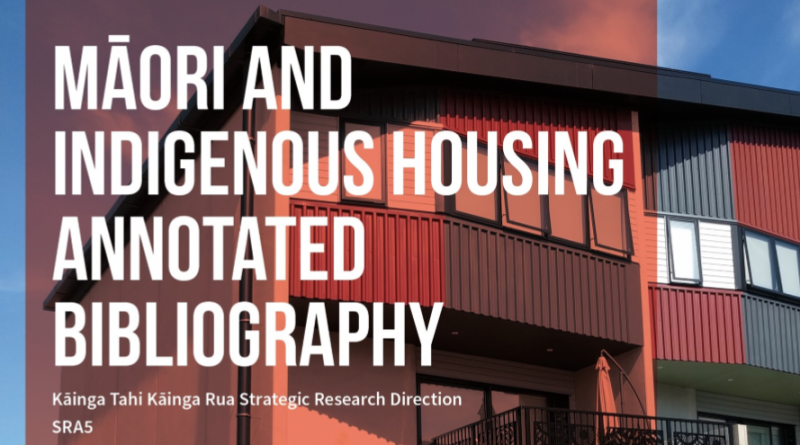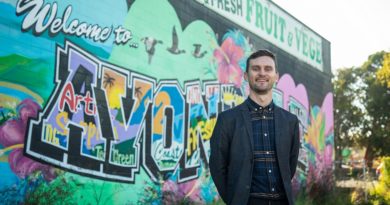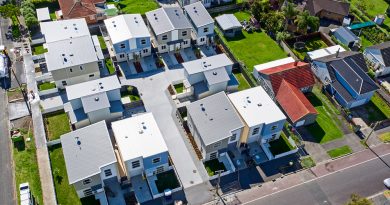Pathway to future-Pproofing New Zealand housing from Mātauranga Māori research
New research conducted by Ko ngā wā kāinga hei whakamāhorahora – Building Better Homes, Towns and Cities (BBHTC) National Science Challenge – has uncovered traditional approaches to housing that stand up to climate change and strengthen communities.
The Māori research team travelled to the USA & Canada recently to observe how First Nations have successfully developed a model that combines innovative, modern, sustainable design with traditional building.
Researchers found that there are strong correlations between indigenous housing models developed by indigenous communities and Kaupapa Māori practices and solutions for housing that support whānau wellbeing. Knowledge gained from the visit to North America will help the BBHTC research team to unlock ways to accelerate and achieve housing and community solutions for Māori, by Māori.
“Ultimately, it’s about transforming dwellings, homes and communities so they are hospitable, productive and protective,” explains Desna Whaanga-Schollum, member of the Māori research team and Nga Aho convenor of the tour. “These are solutions that can future-proof our built environment for all New Zealanders, while nurturing and supporting the cultural identity of Māori.”
Ko ngā wā kāinga hei whakamāhorahora is determined to ensure whānau wellbeing is at the forefront of every piece of research being conducted by the 100+ researchers working to find solutions which address New Zealand’s housing challenges.
“There is a strong group of Māori at governance and senior management level, as well as researchers, all applying their expertise to ensure this research delivers truly meaningful outcomes for Māori,” says Challenge Director Māori, Dr Jessica Hutchings. “Cultural understanding is of paramount importance for building better homes for Māori.”
Putting Māori knowledges, realities and kaupapa first is a vital part of Ko ngā wā kāinga hei whakamāhorahora’s mission. It has developed a unique framework for collaboration called Tāne Whakapiripiri – which references Tāne, guardian of the forest – from which are harvested the trees used to build Whare Hui (meeting houses) that bring communities together.
“The use of this term acknowledges the importance of both buildings and communities in Kāinga (traditional homeland villages),” says Dr Hutchings. “It acknowledges and values the distinctive perspectives of both Western Science and Mātauranga Māori.”
About Ko ngā wā kāinga hei whakamāhorahora (Building Better Homes, Towns and Cities)
Ko ngā wā kāinga hei whakamāhorahora – Building Better Homes, Towns and Cities (BBHTC) is one of 11 National Science Challenges, funded by the Ministry of Business, Innovation and Enterprise (MBIE). BBHTC undertakes world-class research to shape New Zealand’s built environment and strengthen communities. The Challenge develops findings that will empower public, planners and policymakers with reliable information and new tools for fresh thinking and better decisions. It is all about discovering new pathways to address the long-standing housing challenges of our most disadvantaged and to support Māori into healthy homes.
About Vision Mātauranga
Vision Mātauranga is a policy created by the Ministry of Research, Science and Technology, “to provide strategic direction for research of relevance to Māori”. Māori scholars attest to the “power of the indigenous world view, when bridged to Western science, to create innovative technologies, shape future science directions, and thus promote the recognition, vitalisation and continued evolution of Mātauranga Māori (University of Waikato, 2011), a knowledge system predicated on inter-generational and collective wisdom”. The Vision Mātauranga policy and goals are closely linked to the notion of partnership between Māori and the Crown (as Māori describe the New Zealand Government, given the Treaty was signed with the British Crown).




